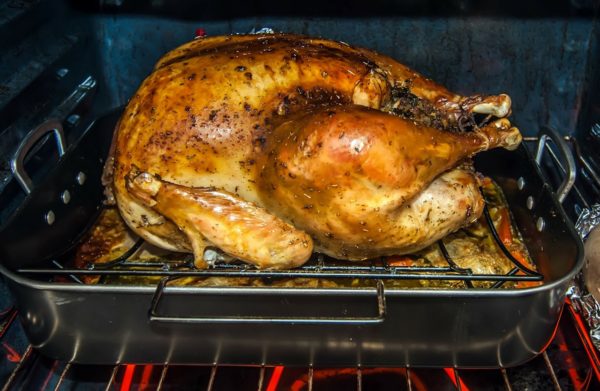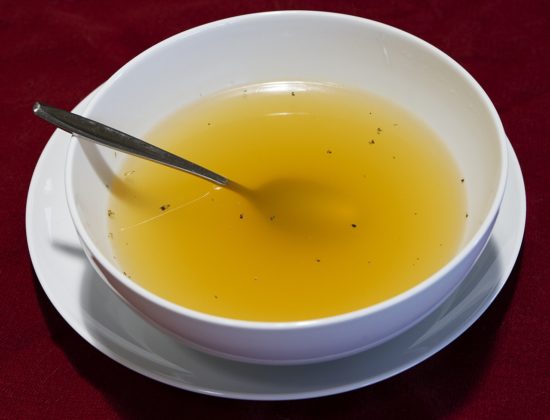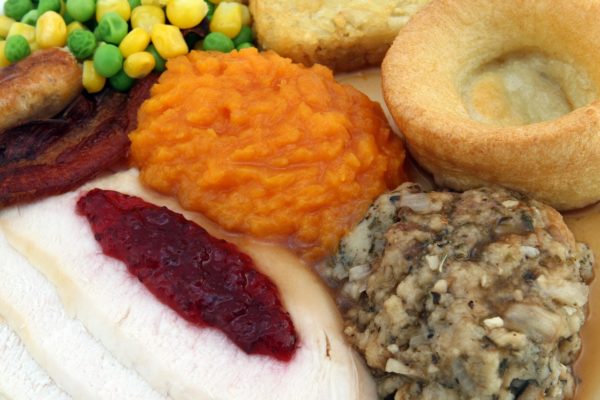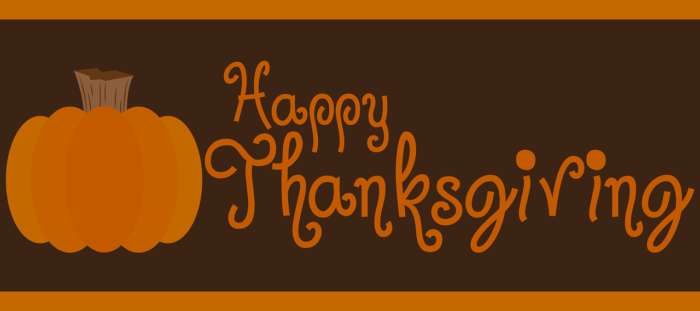
(Photo by PublicDomainPictures on Pixabay at CC0.)
Thanksgiving is a special day, with many memories and much to be grateful for, and mine has always included the traditional turkey dinner. It’s one of the few days of the year that I ignore my usual vegetarian diet, so I always share with the four-footed ones –the dogs as well as the barn cats outside.
Remembering what they can and can’t eat safely is the key to ensuring it’s a safe and enjoyable holiday for all of us.
Fixing the giblets.
My animals always get the giblets. My dogs are “helping” in the kitchen most of the day and getting benefit of the delicious smells from inside the house, but the cats can smell them outside also. By the time the meal is ready, they are all clustered on the porch waiting for their part of the meal. My stuffed squash or vegetable soup just doesn’t seem to attract quite the attention that turkey does …
When fixing the giblets for your dogs, first wash the contents of the giblets bag under running water. People that feed raw might consider that they are finished at this point, possibly cutting some of the pieces a bit smaller to make them easier to eat. While the cats might think this meal was directly from heaven when mixed with their regular food, I know from experience that my dogs want nothing to do with uncooked meat.
For my crew, then, I cut up the neck pieces with bones separately for the cats. I know from the “presents” they leave on my porch that they enjoy uncooked meat and bones, so I put these neck pieces aside for them to feed uncooked. Ideally you should keep the neck pieces separate and uncooked. Cooking changes the texture of the bones, making them splinter when eaten, and could possibly cause a perforation of the stomach or intestines in your animal. If you decide to cook this piece, you must remove the bones before giving it to your animals. You can do this relatively easily with your fingers and a flour strainer.
I then cut up the other organ parts that I intend to cook into smaller pieces so that it will be easier to share them and they will cook a bit faster. The organ parts then go into a small to medium size saucepan with about 3 cups of water. I bring this to a boil, and then turn it down and leave it simmer for half an hour or more. By then the meat parts are well cooked, and you’re left with what is almost a stock with small pieces of meat in it. If it looks a little anemic, I add some chicken stock to it for more flavor and put more meat in it when the bird is cooked. This is more than enough stock to add some pizazz to the dry food for several days for the dogs and the cats.

(Photo by LisaRedfern on Pixabay under CC0.)
Sarah Whitman writing for The Nest (How to Cook Turkey Giblets for Dogs) gives a cooking time of only 5 to 10 minutes, while Amanda Maddox in The Daily Puppy (How to Cook Turkey Giblets for Dogs) recommends 30 to 40 minutes. I suppose cooking time would depend on whether you intend to feed it as stock to their food or just feed the meat parts.
An article written by Diana Laverdure-Dunetz (Is It OK to Feed My Dog Thanksgiving Turkey) in Dogster includes a recipe shared by Rick Woodford from his book, Feed Your Best Friend Better. He starts with 4 cups of water and adds several potatoes and ¼ cup fresh parsley with the giblets. After cooking for 20 minutes or so (when the potatoes are soft), he then blends this mixture until smooth. It will keep in the fridge for one week or in the freezer for up to 2 months. I plan on trying that this year. It sounds like something that might be more interesting for them with the stock flavor cooked into the potatoes – and could be frozen in an ice cube tray to take out for individual servings for a number of meals.
The rest of the feast.
Don’t share these:
As tempting as it might be to share more of the meal with your dog, there are some common sense things that shouldn’t be shared and should be put away as soon as possible to avoid mishaps:
- Bones in any form from the carcass. They should be put somewhere your animals can’t get them. My drumstick bones go into a coffee can with a lid on it until it goes into the trash can outside and the carcass goes into the freezer (I make stock/soup with it the next day). When the stock is made, the carcass will go into the trash can outside with the lid on it where neither the dogs nor the cats can reach it.
- Alcohol (can cause poisoning in your dog).
- Stuffing with raisins or grapes in it (these are poisonous to your dog).
- An article in VetCo warns of the dangers of uncooked yeast bread dough. This can cause serious problems if still rising when eaten. Call your veterinarian right away and give your dog ice water to slow down the rising if you suspect he has eaten rising bread dough. Make sure to put rising bread dough on top of the refrigerator, in the microwave, or somewhere else your dog can’t reach it.
- Turkey skin has a great deal of fat in it. Too much fat can cause pancreatitis in dogs. Feed only tiny amounts of the skin – if any at all – and keep it also in a sealed container in the refrigerator away from your animals until properly disposed of.
- Desserts with chocolate or nutmeg in them (both poisonous to dogs).

(Photo by Robert Owen-Wahl on Pixabay under CC0.)
Do share these:
There are people foods that your four-legged one can safely have in his Thanksgiving meal:
- Unseasoned cooked vegetables. (Skip the French fried onions in your green bean casserole.)
- Boneless skinless white turkey meat. Dark meat has a bit more fat in it – feed it carefully in small amounts only.
- White potato or sweet potato without butter.
- Canned pumpkin (not pumpkin pie filling, which likely has nutmeg and definitely has sugar in it). See Share the Benefits of Pumpkin with Your Dog for the health benefits of this.
Diana Laverdure-Dunetz in Dogster (Is It OK to Feed My Dog Thanksgiving Turkey) suggested a Thanksgiving mini-feast with some or all of the four approved items. She recommended substituting 25% of your dog’s regular food for each of the items given. I’m sure this would satisfy their appetite after smelling the aromas from the meal cooking all day! If you’re uncertain about giving totally foreign food to your pup (and I admit I am – even with my guys’ cast iron stomachs), substitute only part of their regular meal with these items.
Final Thoughts.
In an article he wrote for Dogster (Ask a Vet: Is It Safe for Dogs to Share Thanksgiving Feasts), Dr. Eric Barchas refers to the day after Thanksgiving as the “National Day of Canine Pancreatitis.” Ouch – that certainly isn’t the intent of sharing some of the Thanksgiving goodies. This is a condition that is very painful and potentially life-threatening. Like all of the authors listed in the Sources below, he recommends absolutely no bones, alcohol, or stuffing with raisins or grapes. However, he feels everything else in moderation should be okay for a healthy dog.
For a safe Thanksgiving, then:
- Remove and put away all deadly temptations promptly (bones, alcohol, turkey skin, chocolate, etc.) – before any accidents happen.
- Ask your guests not to feed the dog from the table. Otherwise it will be very difficult for you to keep control of what your dog is eating. You could always feed him in another room while you’re eating your meal to avoid that conversation with guests completely.
- Use common sense and moderation in what you feed your pup in his meal. You know from experience what will likely upset his tummy. It’s better to err on the side of caution than to have a sick and miserable dog – in spite of what his eyes are telling you.
Do these things, and it should be a healthy and satisfying Thanksgiving everyone can be grateful for.

(Photo by hannahlouise123 at Pixabay under CC0.)
Wishing you and your family a happy, safe and memory-filled Thanksgiving!
A special “thank you” to the above-mentioned photographers for making their work available for use.
My sources for this article are listed below for further reading.
Sources/Additional Reading
http://pets.thenest.com/cook-turkey-giblets-dogs-8987.html
http://dogcare.dailypuppy.com/cook-turkey-giblets-dogs-1977.html
http://www.dogster.com/lifestyle/is-it-ok-to-feed-my-dog-thanksgiving-turkey/
Woodford, Rick (2012). Feed Your Best Friend Better. Andrews McMeel Publishing: Riverside, New Jersey.
http://www.vetconm.com/pet-safe-thanksgiving-day-treats/
http://www.petful.com/pet-health/thanksgiving-food-pets/
http://www.preventivevet.com/dogs/thanksgiving-safety-for-cats-and-dogs
https://justsimplydogs.com/2016/10/share-the-benefits-of-pumpkin-with-your-dog/
http://www.dogster.com/lifestyle/dog-health-thanksgiving-foods-dogs-safe-ask-a-vet
Like this? Share it!

